BEST CAMERAS FOR BLOGGERS – The Complete Guide
To find the best camera to work with as blogger, you need to know for what purpose(s) you want to use it. Are you going to travel a lot with the camera and use it mostly outdoors? Or are you going to to use it specifically for food photography and inside a studio? The right camera depends on your budget, niche and experience with photography. So based on these points you can narrow down the options to choose the best camera for your needs. In this complete guide you will find a selection of the best cameras for bloggers with different budgets!
7 BEST CAMERAS FOR BLOGGERS
What is my budget?
When you’ve decided to invest in a good camera, you have to know your budget. Luckily these days there are quite good entry cameras for sale for affordable prices, ranging from €300 up to €1000. But depending on your budget you can see what type of cameras are available in that price range. Check your local camera shop for the latests prices and compare it with the prices online.
The higher the megapixels and quality images you want, the more money you can expect to pay. So depending on the purpose of the images and you as blogger, you can find out what camera is the best for your blogging. Also depending on your budget you can choose to buy a Full Frame mirrorless camera or a traditional DSLR camera. Or a Micro Four Thirds camera or APS-C. Below more information about the differences on these two types of cameras.
Should I buy a mirrorless camera or DSLR camera?
When making the decision between a mirrorless digital camera and DSLR camera you have to find out for yourself what you think is important for you. Both DSLR and Mirrorless are Full Frame cameras, and DSLR means nothing more than that there is a mirror inside the body to reflect the image up into the optical viewfinder.
Mirrorless cameras have no such mirror, (ha, that’s where the name mirrorless comes from), because the image goes straight through the sensor of the camera to the electronic viewfinder. If you are shooting a long exposure for example, you will see the image changing through the viewfinder or LCD screen on a mirrorless camera. But with a DSLR camera you won’t see anything changing, unless you press the shutter button and see the end result.
Mirrorless cameras is in my opinion the future of photography as you see more and more cameras being related which as Mirrorless. The weight of a mirrorless camera is also significantly lighter than a DSLR, so it’s the perfect travel blogging camera.
Therefore, my personal experience is that a mirrorless camera is easier to use and delivers amazing quality pictures.
Should I buy a Micro Four Third camera, APSC camera or Full Frame camera?
When you start your photography journey, it is a good idea to buy a camera which suits your skills at that moment, with some potential growth features. Entry level cameras for bloggers such as the Canon Powershot, Canon EOS series, Sony Alpha A6000 – A6500 series, Nikon D3300 and Panasonic G9 are all great cameras. But the biggest difference is that some are Full Frame cameras, the Panasonic G9 is a Micro Four Third camera and the Sony Alpha A6000-A6500 are APSC cameras. The biggest pro of Micro Four Third and APSC cameras is that the camera body itself and the lenses mostly weight less than a Full Frame camera. For travel bloggers this could be a great solution because they carry their equipment a lot.
The disadvantage of Micro Four Third and APSC cameras is that they have a smaller sensor which means less reach in width of your framing and less quality in low light situations. So if you are a blogger with photography experience, you have a few thousand bucks to spend and you want the best image quality possible, then you should definitely go for a Full Frame camera. We started our blogging and photography career with the Panasonic G9 for photos and the Panasonic GH5 for filmmaking and were very happy with both cameras for over two years of traveling. But when we wanted to improve the quality of our pictures, we decided to change to Sony which had just released some new interesting Full Frame cameras in its product range.
What kind of blogger am I and what do I want to create?
This is an important question to ask yourself, because for each type of blogging the best camera can be different. When you’re a travel blogger you want a camera that weighs as less as possible because you will be walking and traveling a lot with the camera. You will also make lots of landscape pictures which has influence in the types of lenses you will need. But as a food blogger or lifestyle blogger you can make completely different choices from the travel blogger in terms of best camera. So before diving into the different types of cameras for bloggers, think about three things that are most important for you about the camera. It can be anything from the amount of megapixels to the weight or Micro Four Thirds or Full Frame. It also depends if you will be shooting a lot inside or outside. And last but not least, the right lens also does a lot to give you the best quality possible.
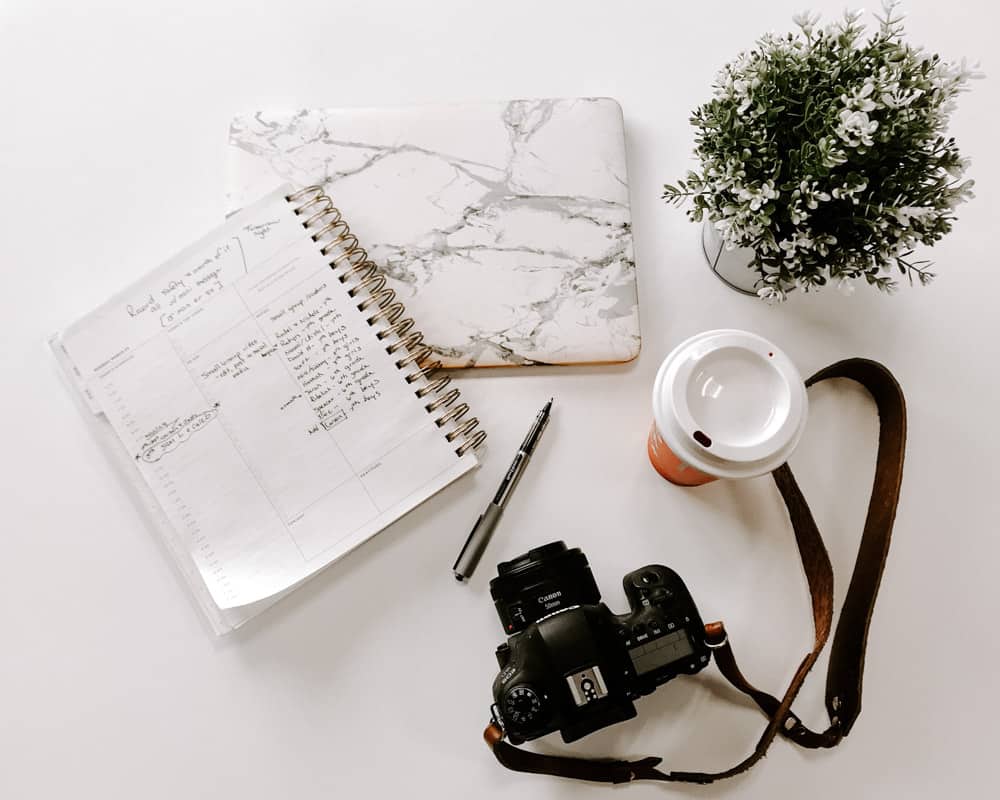
7 BEST CAMERAS FOR BLOGGERS
Panasonic Lumix G9
When we started travel blogging, the first cameras we bought were the Panasonic Lumix G9 for photography and the Panasonic GH5 for filmmaking. Both outstanding cameras and great for both purposes. But, they are Micro Four Thirds cameras which means the sensor has a crop factor of 2x compared to full frame sensors. The huge benefit of this is that the Micro 4/3 cameras weighs less than Full Frame cameras. Also, when using a zoom lens, you get twice as much zoom reach! For example a 100-400 mm lens gives you a reach of 200-800 mm, but the weight and size of the lens is still comfortable to carry around. Perfect for safaris or long hikes.

Me with the Panasonic G9 and 100-400mm zoomlens on safari in Sri Lanka. Some of the best cameras for travel bloggers
Panasonic G9 specifications
The 20.3 megapixel sensor of the Panasonic Lumix G9 is good enough for social media and blog publications, and there is even an option to shoot in high-resolution mode! This results in 80 megapixel RAW files, ideal if you want to shoot a high quality picture for a magazine or print. Besides all these amazing specifications for photography, the Panasonic Lumix G9 is also a great camera for filmmaking with 4K recording up to 60fps and HD high-speed video recording up to 180fps!
Another huge plus that most full frame cameras don’t have is an LCD flip screen, which the G9 does have! This makes it way easier to capture photos low to the ground or high above your head and still being able to see your framing perfectly. Besides that, the lenses of Panasonic are great and you can also use the special Sigma MFT lenses. Most of the Panasonic Lumix lenses have Power OIS (Optical Image Stabiliser) which is an amazing technology to prevent image blur resulting from hand shake. You can easily capture long exposure photos from waterfalls without using a tripod, or take clear images on safari during a bumpy ride. And thanks to the magnesium body the camera is dust and weather-sealed.

Thanks to the weather sealed body of the G9, we never had problems photographing a waterfall with lots of spray
Panasonic G9 down side
Of course there is a downside of using a micro 4/3 camera. Because of the smaller sensor, they are not the best in low light situations. This can result in grain during night photography or other situation with low light, but you can compensate for that by buying a prime lens with an aperture below f/2. For example the Panasonic 42.5mm lens is a great one in combination with the G9.
For what kind of blogger is the Panasonic G9 a good camera?
As a travel blogger myself I have been happy with the Panasonic G9 during the first two years of travel blogging. It is a pretty light camera and delivers great results. The Panasonic G9 could be a great camera for many different bloggers and is in particular a great travel blog camera. Pick some great lenses with it such as the 42.5mm lens and the 16mm Sigma lens and you’re ready to go. For zoomlenses I would recommend the 12-60mm F2.8 and the 100-400mm Panasonic lens if you need that reach. Eventually you want to fill the gap between 60 and 100 mm with the 35-100mm F2.8. Because of the flip screen and the amazing in body image stabilization, the G9 is one of the best cameras for blogging and vlogging.

Sony Alpha A6000 – A6500 series
The Sony A6000 until A6500 are all great mirrorless cameras with 24 megapixel and a light bodyweight. So it’s a great choice for travellers who want to capture photos for their blog and pack light. The sensor of the Sony Alpha A6000 – A6500 range is APS-C what means it is a crop sensor. The exact crop factor depends per brand, for Sony this is 1,5x. A cropped sensor means that you have a bit less reach than with a Full Frame sensor, but it doesn’t make the camera any less good.
If you want to print big expansive photos or shoot a lot of pictures in low light, an APS-C sensor may not be the best option for you. But for usage of social media and blog pictures, this camera is a great option and easy for beginners to use.

Sony A6000, some of the best entry level cameras for bloggers
Sony Alpha A6000 – A6500 series specifications
There are six Sony A6000-series cameras to choose from, with all 24 megapixel APS-C sensors. They differ in video resolution from Full HD with the oldest model up to 4K with the newer released models. Also the body and LCD screen slightly differ from each model, with the biggest pro of the 180 degree flip screen on the Sony A6100. The Sony A6400 is for example a great vlogging camera with its features and compared to the price still an affordable but good camera.
Sony Alpha A6000 – A6500 series down side
The body is quite small of these cameras which for some people is ideal if you travel a lot with it. But it also means you’ll have less grip while using it.If you really want to upgrade your photography to a professional level, an APS-C sensor might not be your first choice in terms of reach and low light performance. If you want more overall capability with your camera, you’ll need to look for the bigger brothers of the A6000-6500 range which is for example the A7RIII.
So I won’t recommend this camera if you want to shoot vast landscapes or when you’re often in low light situations.
For what kind of blogger is the Sony Alpha A6000 – A6500 series a good camera?
If you’re just starting out with photography, blogging or traveling for example, the A6000 – 6500 series of Sony is a great camera to get you going. It’s not a huge chunk of money (compared to cameras which are thousands of euros), and they are user friendly. An ideal camera for the travel blogger, lifestyle blogger or Instagram influencer.
Sony A7RIII
After using the Panasonic G9 for two years as my camera for travel blogging, I switched to the Sony A7RIII. My first Full Frame camera. After improving my photography and editing skills, I found out I wanted to get more quality, resolution and dynamic range out of my pictures and the switch to full frame was a logical step. The Sony colours always grabbed my attention, so it was quite obvious that the A7RIII was a good choice at that moment to invest in for better image quality. It is one of the best cameras for bloggers in relation to price, specifications and practical features.
The Sony A7RIII is a mirrorless camera which makes the camera body extremely light. The Full Frame sensor produces 42 megapixels pictures which have a file size of 84MB. So buy yourself a new external hard drive when you just bought a full frame camera for the first time.
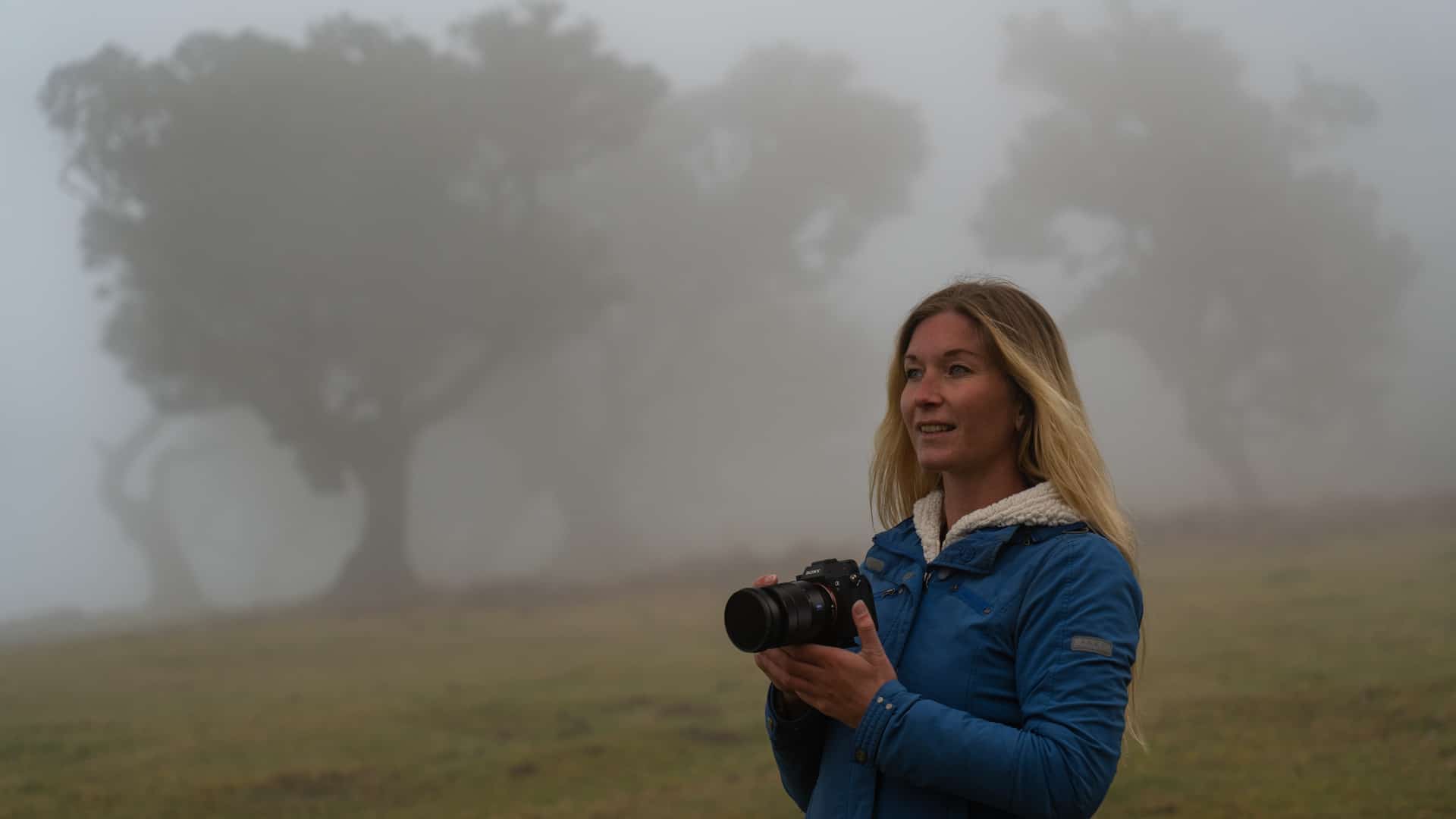
Sony A7RIII specifications
The mirrorless Sony A7RIII is a lightweight camera with a 42 megapixel sensor that delivers beautiful crips pictures. For video, the internal recording of 4K movies is possible in different frame rates up to 30 fps. For pictures the max burst rate is 10 frames per second burst shooting which is great for moving objects, running or jumping photos. The Oled electronic viewfinder gives wonderful live views and the LCD screen is a tilt touch screen. For low light photography the Sony A7RIII is amazing with a standard ISO range of 100-32000. The battery life of the Sony A7RIII provides about 530 shots, but I experienced in practice take the battery even last longer. There is a wide range of Sony lenses you can choose from for the A7RIII
Sony A7RIII down side
Although the Sony A7RIII is a great camera, there are a few down side points I have to point out. My experience is that the screen doesn’t bring you all the freedom you want as a creative photographer. I was used to a flip screen on the Panasonic G9 which was so handy in different situations. But you can only tilt the screen of the A7RIII until 80 degrees. Besides that the menu isn’t that user friendly, but after some practice you’ll get there. Lastly, the hand grip isn’t that comfortable, it could have been made a bit more sturdy to give a firmer grip. Sony actually improved that with their newly released cameras.
For what kind of blogger is the Sony A7RIII a good camera?
I would say for the blogger that wants to create high quality photos with great colours and fantastic dynamic range. Also if you have to shoot in low light conditions the Sony A7RIII will help you out with it’s great low light performance. It’s certainly one of the best cameras for travel blogging. But you have to have a big budget to buy everything you need such as the best lenses and polarisers.

One of the many pictures we took with the Sony A7RIII, some of the best cameras for bloggers
Canon 5D Mark IV
The Canon 5D Mark IV has a 30 megapixel sensor and is a fantastic photo camera. It captures every detail when used in the right settings and has a great dynamic range. It is the camera to take your photography to the next level, but comes with a price. Literally in terms of height of price, but also the weight of the camera is not the lightest. Especially with bigger lenses on it, the Canon 5D Mark IV can feel a bit bulky. But that something you have to accept when you want some of the best photo cameras available. Another great option is the Sony A7RIII or other versions in that range.

Canon 5D Mark IV, some of the best cameras for bloggers
Canon 5D Mark IV specifications
The firm body of the Canon 5D Mark IV is weather sealed and weights 800 gram without a lens. The 30 megapixel sensor performs fantastic in low light situations and besides that you can shoot 4K movies. Although this camera doesn’t have a flip screen, it does have a touch screen and built-in GPS and WiFi. The Dual Pixel CMOS sensor auto focus helps you to provide smooth, high-performance focus tracking while shooting videos and photos.
Canon 5D Mark IV down side
The camera is quite bulky so including the lenses its heavy equipment to carry around. But for indoor and on-set shoots its a fantastic camera and absolutely one of the best in its price range. Using creative angles which is sometimes the case in travel or fashion photography, you can have a hard time with the screen which you can’t flip or tilt.
For what kind of blogger is the Canon 5D Mark IV a good camera?
For professional looking blog pictures, you might want to consider buying the Canon 5D Mark IV, eventually second hand! Or go for the older version, the Mark iii. For the blogger who wants a professional looking picture, this is the camera. But also the food blogger with a wide budget who wants fingerlicking good and sharp pictures, this is your pick. It’s definitely one of the most professional cameras for bloggers.
Canon Eos 70, 80, 90D
The models in this range are the entry level cameras of Canon with an APS-C sensor. These older DSLR series are very functional cameras with 20, 24 to 33 megapixels respectively from the 70 to 90D. Another option in this range from Canon is the Canon EOS Rebel T6i. This one also has an APS-C camera with 24 megapixels. They can be used with any EF or EF-S lens.
Canon Eos 70, 80, 90D specifications
The cameras in this range of the Canon EOS are all very similar. The 90D is of course the newest with the highest megapixels of them all. The 33 megapixel sensor is a significant advantage in comparison to the 70D with 20 megapixels. It gives you more options to print your photos larger for example or crop your pictures if you need to.
Furthermore there are some differences between these 3 types in terms of continuous shooting, ISO reach, weight and video resolution. All three have an LCD screen you can rotate which is a huge benefit for taking selfies, vlogging etc.

Canon EOS 80D, some of the best cameras for bloggers
Canon Eos 70, 80, 90D down side
The down side of a camera can be different for every person. So to see for yourself check the specifications of each camera at your local camera store. The biggest down side is that these cameras don’t have body image stabilization. Another downside for me personally is that the 70D can’t do a time-lapse, but that won’t count for everybody.
For what kind of blogger is the Canon Eos 70, 80, 90D a good camera?
If you’re just starting out with photography, the cameras in this range are great to learn photography and won’t break the bank. Therefore it’s a great camera for all sorts of blogging. They are also great vlogging cameras because of the LCD screen which you can rotate.
Canon Powershot G9X and SX70
The Canon Powershot G9X but also G7X are perfect small pocket cameras and some of the best Canon vlogging cameras. Ideal for people who don’t want to carry around a bulky camera including lens(es). There are several series of the Canon Powershot such as the G series, SX series, Ixus and D series. All of these cameras are very portable and versatile. The G7X is the smallest one and is packed with some great features. You can shoot RAW for example and adjust several settings. With the possibility to record in 4K up to 120 fps continuous shooting speed the cameras in these series of Canon are some of the best cameras for bloggers. But also as video blogging camera, the Canon Powershot provides great features.
The SX series is a bridge camera series of Canon. This series fills the niche between the single-lens reflex cameras (SLRs) and the point-and-shoot cameras. For example the 65x zoom of the SX60 and 70 is a huge benefit when you want to capture something that’s far away from you. If you put this in perspective with DSLR lenses it means you have a 21mm to 1365mm lens! This gives you the flexibility to capture objects that are far away. But the quality of the zoom pictures are not as sharp as from a DSLR lens and camera of course.

Canon Powershot G9X, some of the best cameras for bloggers and a great video blogging camera
Nikon D3300, D3400 or D3500
The Nikon D3300, 3400 and 3500 are all great entry level DSLR cameras with a 24 megapixel sensor. The lightweight body is only 455 gram with battery and memory card in it. This makes it a great compact camera to travel with! It isn’t the newest or fanciest Nikon camera, but with its features a great camera to make your photography look more professional.
The price is also very affordable ranging between €350 – €500. This depends on the model and in which currency you buy the camera. So it’s a great camera if your budget doesn’t reach that far.

Nikon D3300, some of the best cameras for bloggers
Best lens for bloggers
If you only want to invest, or can invest in just one lens, a lens in the 20 – 100mm range will give you lots of options.
A wide angle lens is a great addition when you need that range for landscape or architectural photography. Or for example when you make pictures of yourself using a tripod in a scenery and you want enough freedom to move around in the frame. A zoom lens reaching further then 100mm up to 400mm is usually not necessary for the average blogger. Unless you are a landscape or wildlife blogger and you want to make super close up shots.
So depending on the camera brand you choose, there is always a wide range of lens options to choose from. Make sure to always go for the lowest aperture possible because it will give you the best image quality. The lower the aperture, the brighter and sharper the pictures will be.

More photography blog posts
I hope you enjoyed this complete guide about the best cameras for bloggers and that it will help you choosing the right camera for you.
For more photography tips, head over to our other blog posts about photography:
Compare focal length – When to use which focal length


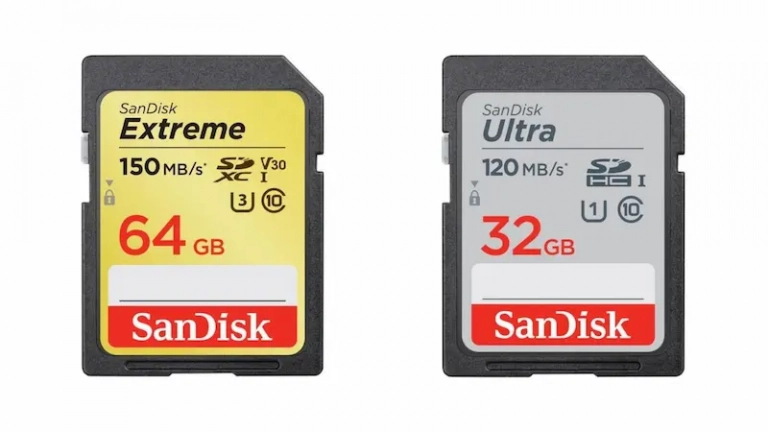
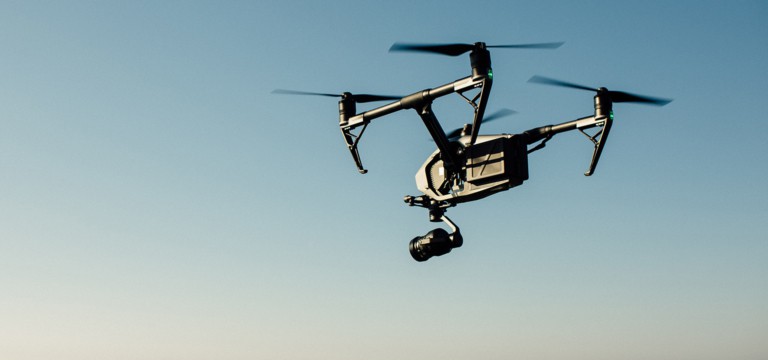
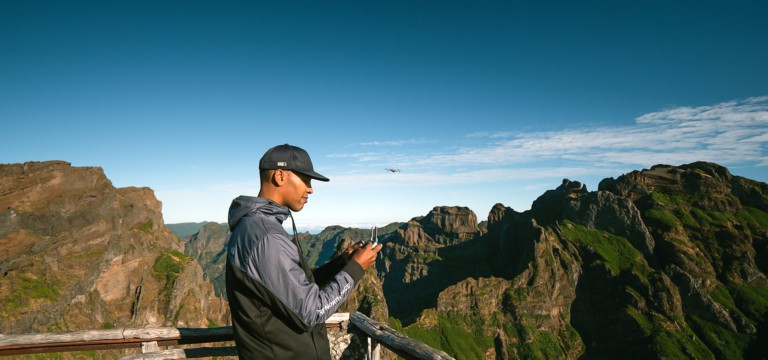
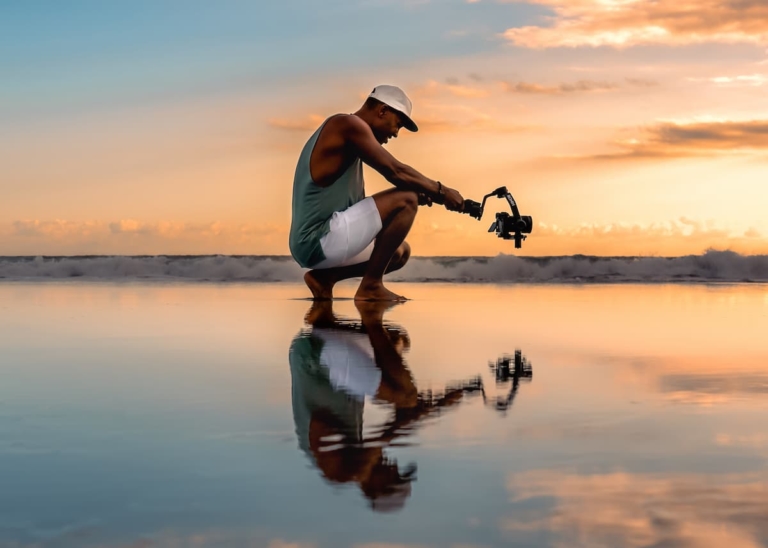
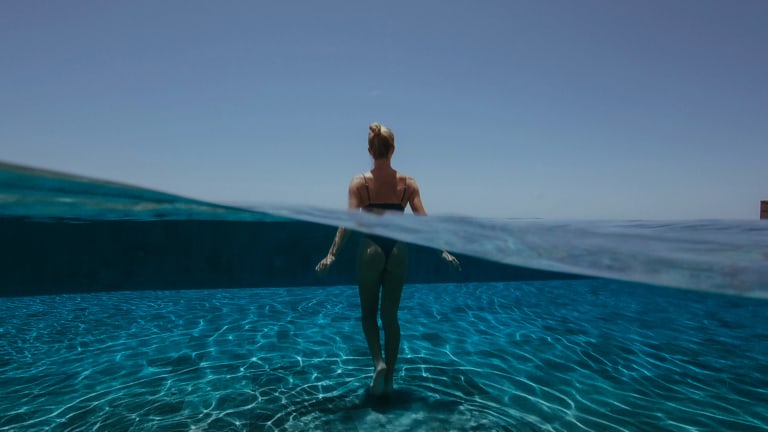

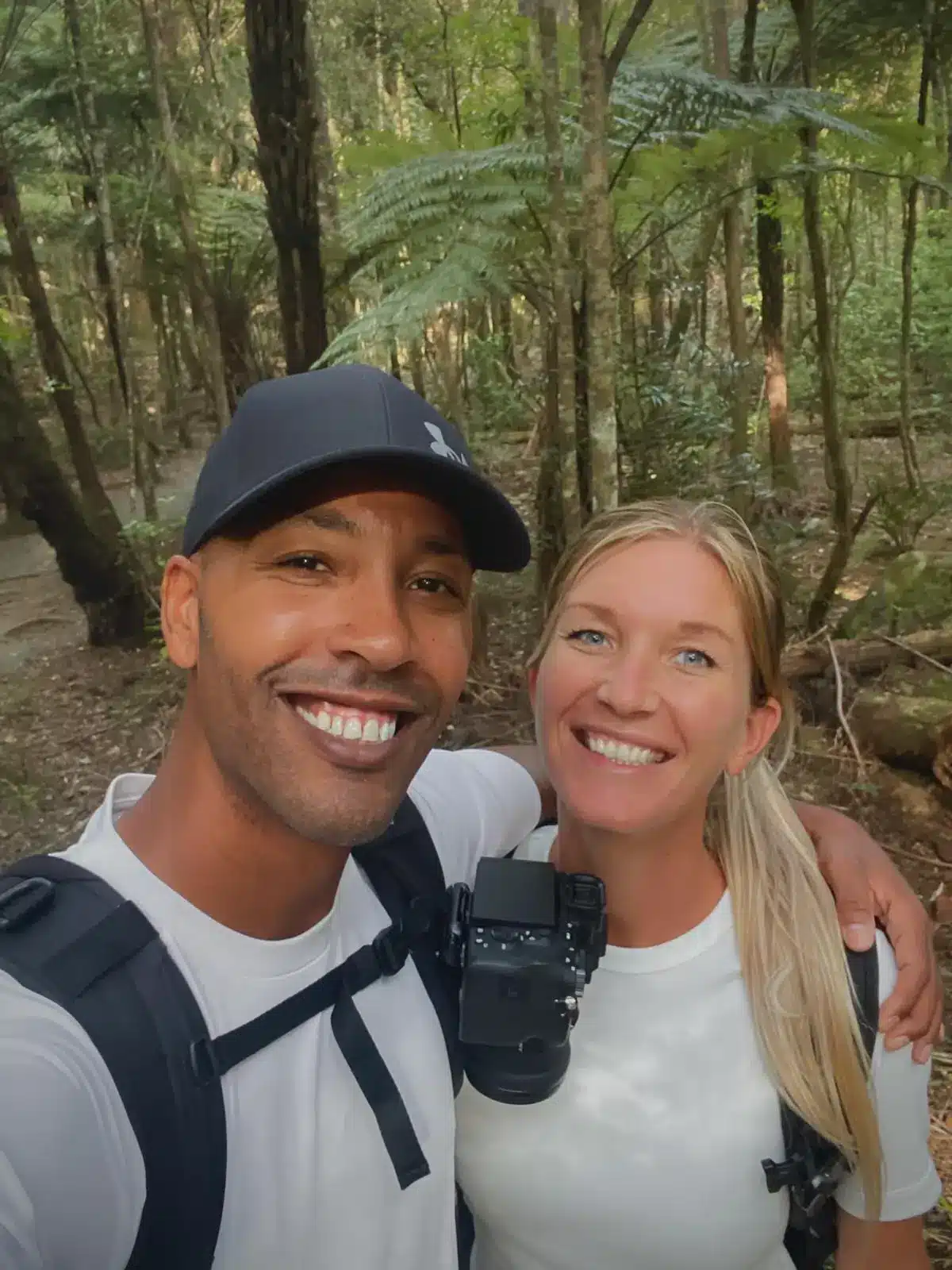
nice little blog would you recommend the ZV-1F (I found it on sale) its for my son thanks 🙂
Thank you! I’ll have to update it soon with some new cameras 🙂 The Sony ZV 1F is a great and light camera for vlogging. So it depends what his goal is with the camera but nevertheless a fun camera to get the taste of photo / videography.